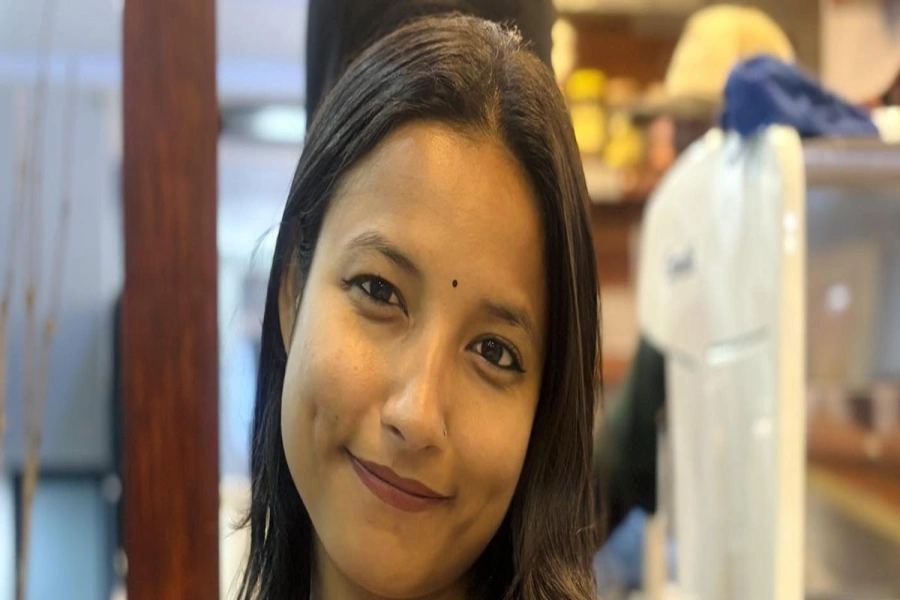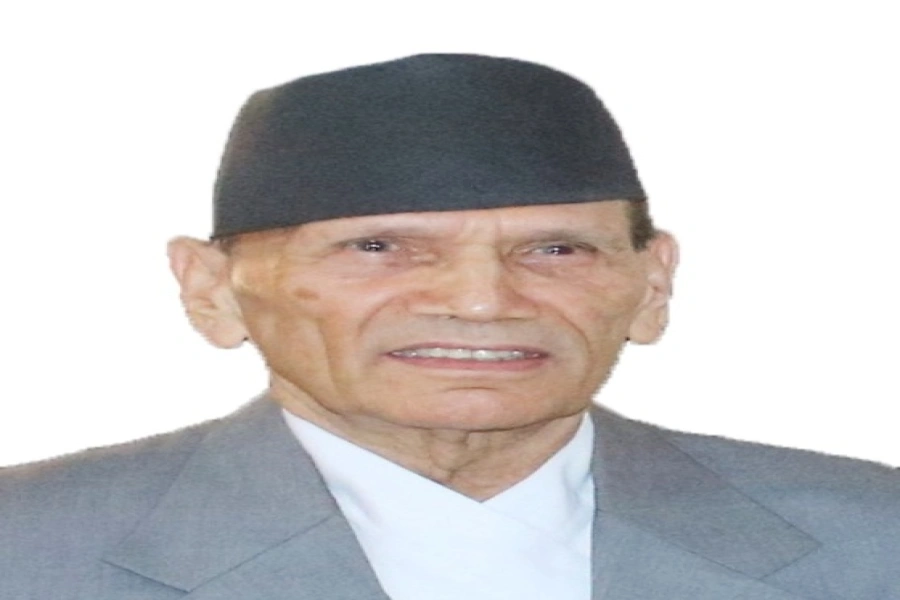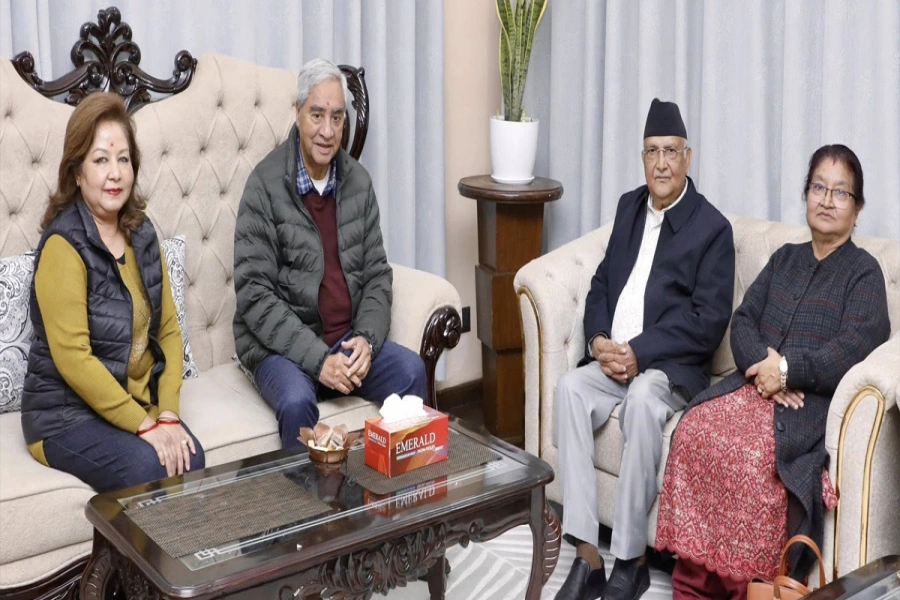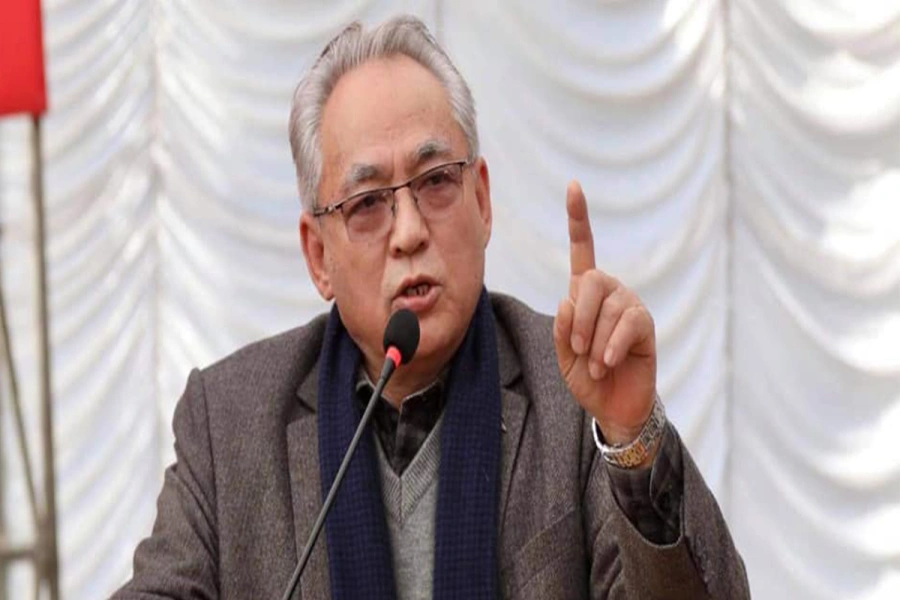We must develop new indexes that can measure social impact of scholarship, inspire more scholars to publish, increase public access to knowledge, prompt action and community research, and promote translational research in science and medicine
“English is . . . the language of higher education, mass media, information and communication technology, business, tourism, science and medicine,” says the introduction to the recently published English language curriculum for 11th and 12th grades. Built upon this combination of half truths, ignorance, and ideologies, there is another pervasive belief that English is also the language of scientific publication, if not all significant knowledge production in the world. This essay seeks to debunk the latter assumption, going on to discuss the social costs of passively accepting while actively contributing to the conditions behind the assumption, as scholars in developing countries like Nepal are doing increasingly.
As Theresa Lillis and Mary Jane Curry, experts on the issue, point out, the claim that English is the “global” language of scientific and scholarly publication is actually based on English-language databases that include roughly 27,000 journals, leaving out similar databases containing 9,000 journals published in other languages—not to mention thousands of other local venues that are advancing knowledge with even more local value around the world. China, Korea, and Russia are now developing their own citation databases to address the problem, realizing that current understanding is analogous to going into an apple farm to find oranges. In fact, even within the patently English-dominated Scopus list of science-leaning publications, for instance, 12 percent of journal articles overall and 23 percent of those in the Arts and Humanities have non-English abstracts.
So, how could we represent scientific scholarship and academic publication in different languages beyond the paywalls of Scopus list and “World of Science” database? The developing world’s most productive and visible scholars are busy chasing “international publication” and numerical scores, ignoring how doing so may be good for them but damaging to the far larger causes of education and social progress locally and in the world. Whose work is it to promote knowledge that circulates locally, is applied practically, and impacts lives and societies across the world? Whose responsibility is it to represent it, recognize it and expand it?
Bigger picture
To begin with, English is not the language of higher education in Nepal, unless we make it one—as we are now doing, even at the secondary level, especially by having community schools adopt English-only instruction (EOI), with dismal teacher preparation, at enormous social cost. Most teachers in public schools that are shifting to EOI are not fluent enough to teach at grade level, not to mention their students. Most Nepalis do not read media in English, as claimed; nor does most business in Nepal take place in English. Even mobile-based texting and social media interaction are already done with or without typing in English or using English words.
Of course, English is an extremely important language, and we must no doubt increase proficiency in it wherever we can. But adopting simplistic views and falsities about a complex issue like language policy can seriously undermine education (including the learning of English).
Only 8 pc hospital & research centers conduct research

In the West, French and German shared the pie of science publication equally with English during the first half of the 20th century (with Russian overtaking the two in science in the 60s and 70s). In the 21st century, even as English language publication by scholars around the world and across the disciplines is increasing, so is publication in other languages. Financial and political dynamics of nations and language groups determine the size and power of languages in the global and regional arena, in education and publication, business and media. Scientists with deeper, historical understanding are starting to point out that scientific communities must be more prepared for major shifts in the balance of power in the world. Just a little study or consulting can show the big and complex picture of this issue, which at least our academic and institutional leaders should know about.
The current approach is that, say, if China becomes a more dominant nation on the world stage, Nepal should start another social experiment with generations of its citizens, whereby their learning of Chinese supersedes their learning of science and math. Should it also make sure that its scholars publish “in” Chinese?
Facing Facts
In research, publication, and scholarly discourse, assumptions and language ideologies are even more problematic. Unfortunately, even language policy scholars have not yet paid much attention to the medium of research/scholarship. Policies and reward systems assume English to be the language of “quality” publication, which is also assumed to be “international” and included in certain lists or databases. Local relevance and social value, applicability and practicability, community access and inclusion, public participation and engagement be all damned.
In reality, the indexes that our universities tell “all” our scholars to run after, called the “journal impact factor,” are primarily for science journals, making our non-scientists play games to get any humble number on their resumes. Here is an example: I have the scientist’s h-index of 5, and my younger brother, a hydrologist, has 18; that is not just because I’ve published less but because his promotion depends far more on publication and citation, while mine (Writing and Rhetoric) depends more on teaching and academic service. Unlike his, my promotion required “nothing” on citation index. Simply, here in the US, our universities know that we contribute “differently” to our disciplines and to society, unlike, increasingly, across the developing world.
If we know how to interpret it, global research data does show the need for localization of research, open access to publication, greater application of scholarship. It doesn’t show that we must contribute more English-medium publications to international databases. Even Eugene Garfield, the father of citation indexes, acknowledged that the journal impact factor “must be used discreetly” because it varies by discipline and type of work. Outside global centers, it is further affected by technical barriers, prohibitive cost (usually in dollars, unless waived), and the political and cultural hegemony of where the gatekeepers and index-makers are located.
Just read the definition of impact factor: “In any given year, the impact factor of a journal is the number of citations . . . of articles . . . during the two preceding years, divided by the total number of [its] ‘citable items’ . . . during the two preceding years.” Did you see anything about the value of the publication to society? Or anything to push the scientist, economist, or historian to tackle challenges others might ignore? To foreground local issues, to prioritize the challenges of their society or nation, to focus on the lives of the neglected many?
Of course, scholars motivated by citation-based “impact” can still produce publications that have social value or relevance. But the current measure doesn’t measure it. Yes, it only counts citation. In fact, it depends on mean instead of median. It is hard to watch our scientists running around touting their yardsticks, instead of whatever they’re supposed to measure with it. Imagine other professionals doing similar things with their measurements!
Consequences
What happens when scientists, policy experts, and elected officials alike adopt simplistic views about research and scholarship?
Progress stalls. When French was “the language of medicine” a century ago in the United States, educators and policymakers didn’t just chase the numbers in France, or in French. They started teaching medicine in English, at home. Today, I am helping American students research how medical care, here, could better serve Spanish and Chinese speaking patients by updating language policies and practices in the healthcare sector.
What happens when scholars keep parroting global facts instead of trying to change them locally?
Their society is left behind, economically, culturally, and educationally. Local foundations of local knowledge crumble, their wisdom becomes fossilized and laughable to the rest of the world when it is touted by uninformed nationalists, rather than questioned and updated by their scholars.
The big human community demands every society to build on local resources—natural, sociocultural, epistemological—to realize local potentials, everywhere. Slavish adoption of “global” platforms and means of production, circulation, and application of knowledge is counterproductive, even when we want to contribute to global exchange of knowledge.
Solutions
What can scholars do to move in the right direction? Especially in developing societies, we must develop indexes that can measure the value of their own work, locally. We must create impact factors that value knowledge from experience, foster expertise, tell stories, inspire scholars who are now demoralized to publish, create public access to knowledge, include and engage the community in research, promote action research, and advance translational research in science and medicine. We need new measures if we want to use research to foster economic and social progress, or public support for increased investment in knowledge production. We can, if we start to think more clearly, more boldly.
Of course, we want to be cited (call it “recognized”) around the world—in the short term, as a motivational factor. But, far more than that, don’t we owe the public new knowledge whose social impact is measured first? If research doesn’t make any local sense, are we really making global “impact”? Are we not best equipped to study even global issues, say climate crisis, from the ground up?
The irony of writing this essay in English notwithstanding, it is time that scholars across the board confront this issue, in all the languages we can, in as many venues, and with as many audiences as we possibly can.
It is time to stop pretending that it is more important for us to rank globally while we suck locally. Global and local are not binaries. But there’s no need to be confused about a priority, either.
The author is Associate Professor and Graduate Program Director in the Program in Writing and Rhetoric at State University of New York in Stony Brook






































